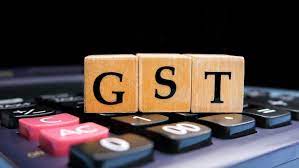Prime Minister Narendra Modi, in his Independence Day address on Friday, announced that the government is preparing to roll out “next-generation GST reforms” by Diwali 2025, aimed at lowering the tax burden on households and businesses.
According to officials aware of the discussions, the reform plan proposes merging GST slabs into three tiers — 5%, 18%, and 40%. Everyday essentials such as groceries, medicines, televisions, washing machines, agricultural equipment, bicycles, and even education and insurance services are expected to become cheaper.
- From 12% to 5%: Goods like frozen vegetables, dried fruits, pasta, jams, namkeens, carpets, bicycles, utensils, pencils, jute/cotton handbags, footwear under ₹1,000, and furniture could see their GST rate cut to 5%.
- From 28% to 18%: Most items currently in the highest slab will move to 18%, reducing consumer costs on several durable and lifestyle products.
- 40% Sin Tax: A new 40% GST slab will apply to “sin goods” like tobacco products, cigarettes, and beer.
As GST is a consumption-based tax, experts say the biggest winners will be consumers, with cheaper household essentials boosting demand and overall economic activity.
The proposals have been forwarded to the Group of Ministers on GST rationalisation, which will submit its recommendations to the GST Council — the apex decision-making body on indirect taxation. The council, chaired by Union Finance Minister Nirmala Sitharaman, will take a final call.
Promising a festival bonanza, PM Modi said, “This Diwali, it will be a double Diwali for you. I will give my fellow countrymen a tremendous gift.”

